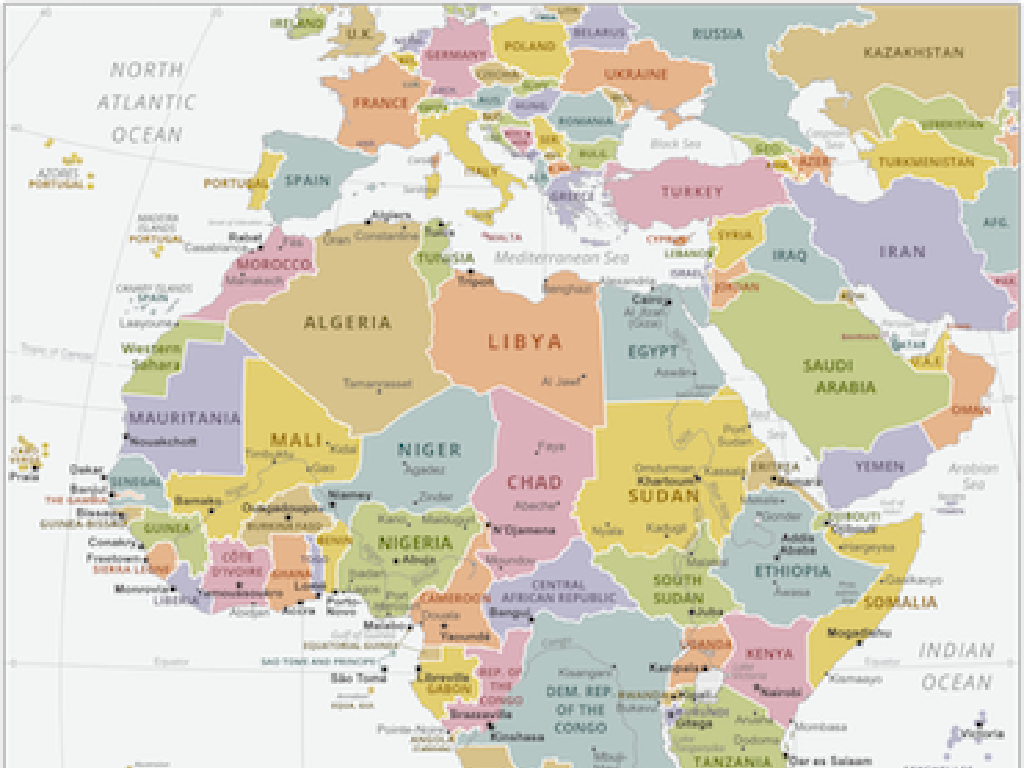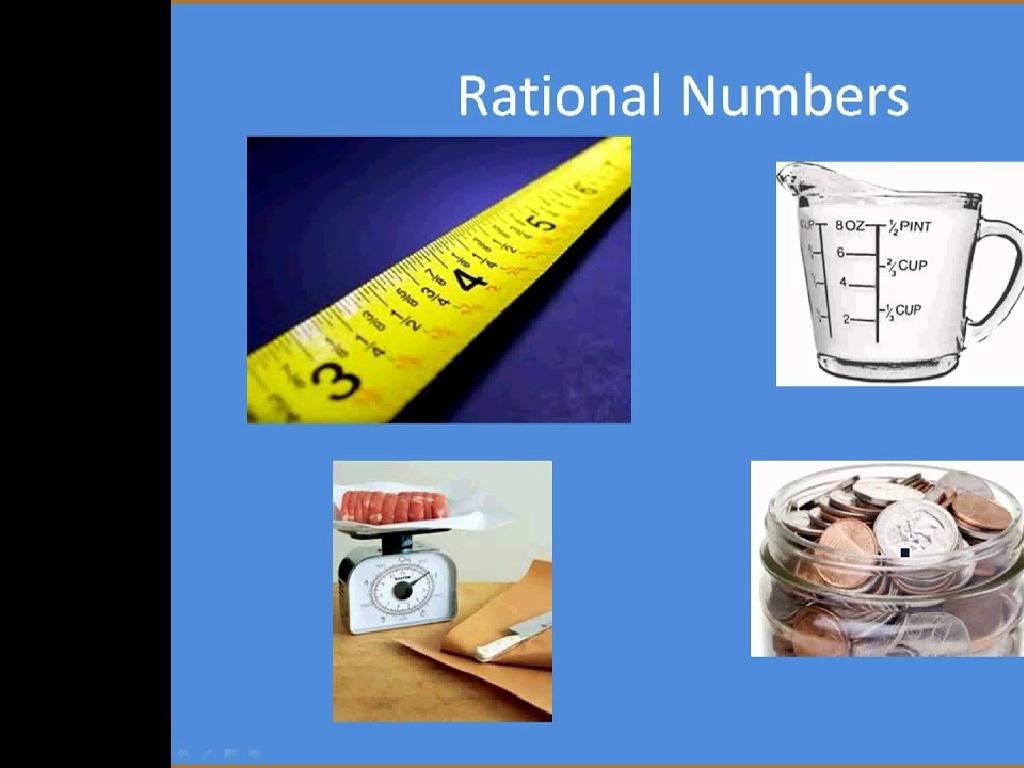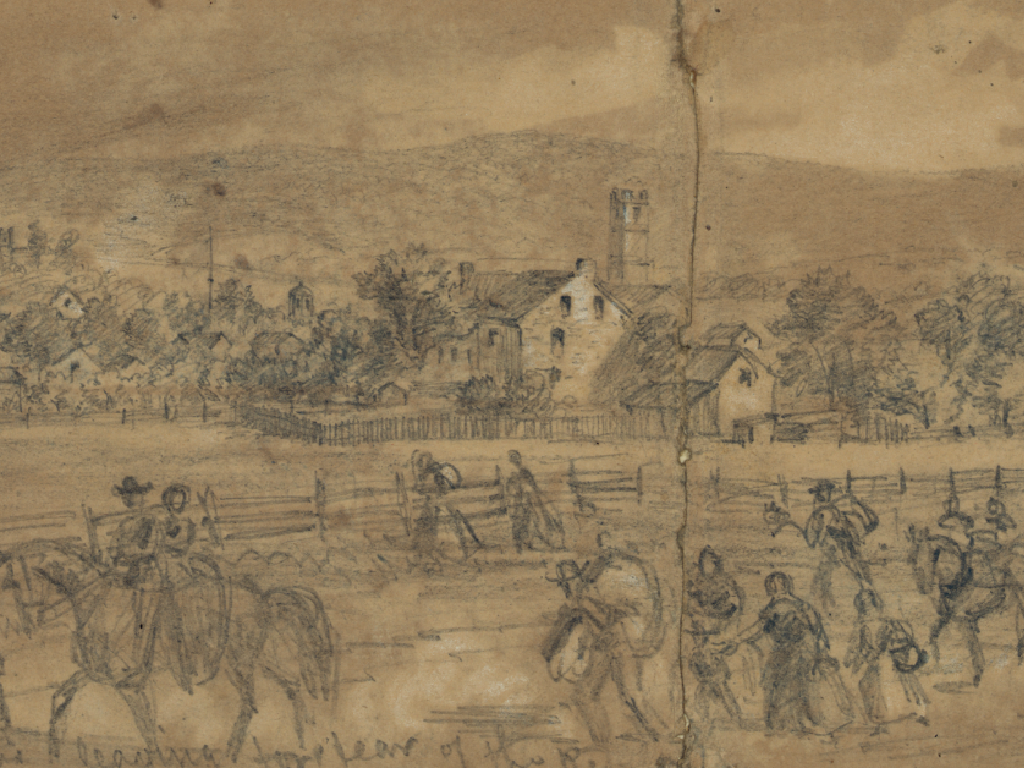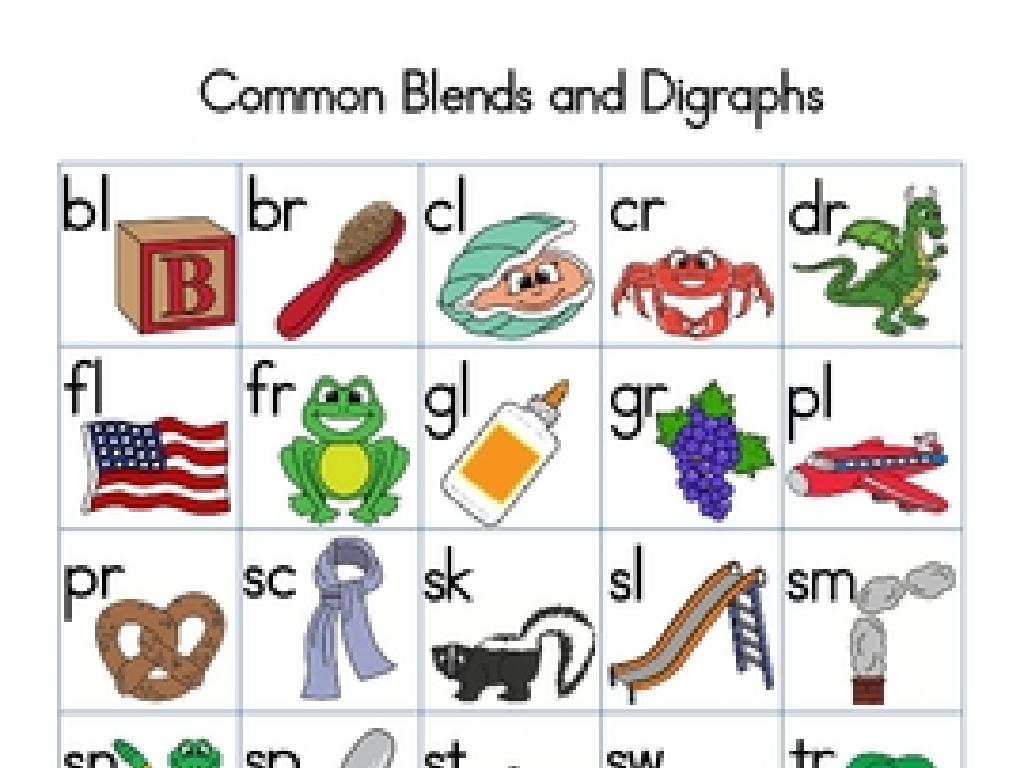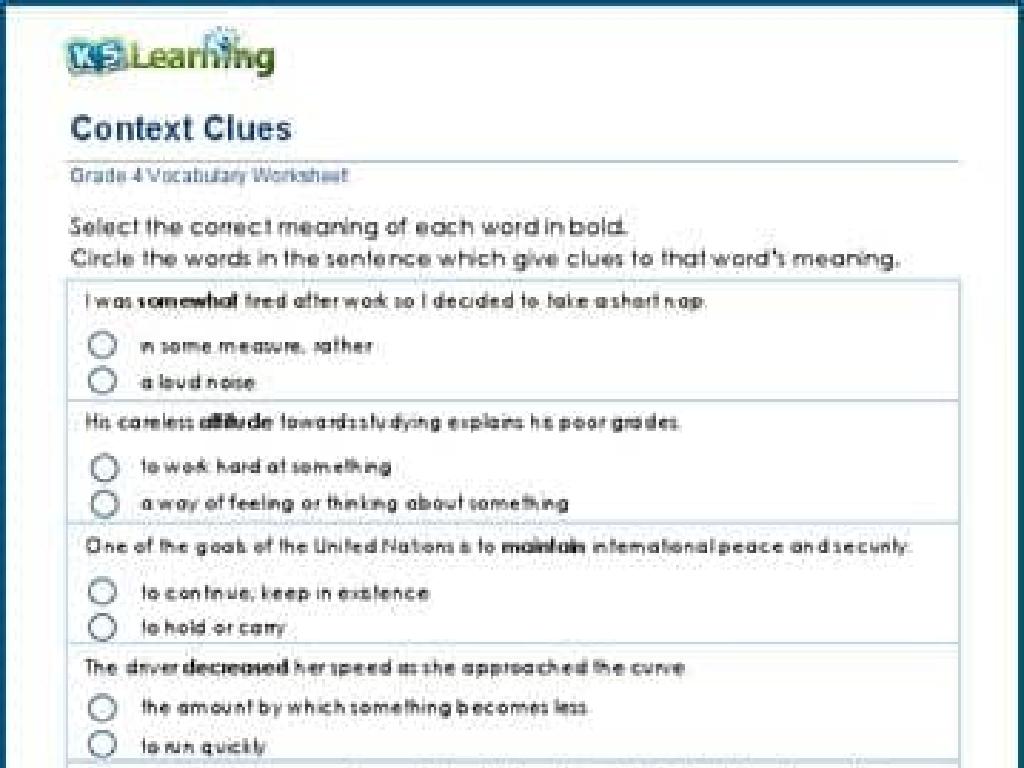Analyze Short Stories
Subject: Language arts
Grade: Sixth grade
Topic: Analyzing Literature
Please LOG IN to download the presentation. Access is available to registered users only.
View More Content
Analyzing Short Stories
– Elements of a story
– Setting, characters, plot, conflict, and resolution.
– Significance of analysis
– Understanding deeper meanings and themes.
– Enhancing critical thinking
– Preparing for discussion
– Think about the story’s messages and your own interpretations.
|
This slide introduces students to the fundamental aspects of analyzing short stories, which is a key component of understanding literature. Begin by discussing the various elements that make up a story, such as the setting, characters, plot, conflict, and resolution. Emphasize the importance of analyzing these elements to uncover deeper meanings, themes, and the author’s intent. Highlight how this analysis can enhance critical thinking skills and prepare students for rich, insightful discussions. Encourage students to consider not just the ‘what’ of the story, but the ‘why’ and ‘how’ as well. Provide examples of questions they might ask when analyzing a story to guide their thinking.
Exploring Short Stories
– Define a short story
– A brief fictional work with a concise plot
– Key characteristics
– They often focus on a single incident, have a single plot, a single setting, a small number of characters, and cover a short period of time.
– Examples of famous stories
– ‘The Gift of the Magi’ by O. Henry, ‘The Lottery’ by Shirley Jackson
|
This slide introduces students to the concept of short stories, a fundamental genre in literature. Begin with a clear definition, emphasizing the brevity and conciseness of short stories compared to novels. Discuss the characteristics that make short stories unique, such as their focused plots and limited settings and characters, which contribute to a powerful, concentrated impact. Provide examples of famous short stories to illustrate these points and inspire students. Encourage them to think of any short stories they know and consider what makes them memorable. This will set the stage for deeper analysis of short stories in subsequent lessons.
Elements of a Short Story
– Setting: Time and Place
– Where and when the story takes place
– Characters: Protagonist and Antagonist
– Main character (hero) and opposing force (villain)
– Plot: Beginning, Middle, End
– Story structure: Introduction, climax, resolution
– Conflict: Internal vs. External
– Struggles within a character or with external forces
– Theme: Central Idea or Message
– What the story is really about, its deeper meaning
|
This slide introduces the fundamental elements that make up a short story, which are essential for students to understand in order to analyze literature effectively. The setting provides the backdrop against which the story unfolds, influencing the characters and plot. Characters are the individuals in the story, with the protagonist being the main character often facing challenges from the antagonist. The plot is the sequence of events that make up the story, traditionally divided into a beginning that sets the scene, a middle that builds tension, and an end that resolves it. Conflict is the driving force of the narrative and can be internal (character vs. self) or external (character vs. character/nature/society). The theme is the underlying message or insight about life that the author wishes to convey. Encourage students to identify these elements in the short stories they read, as this will deepen their comprehension and appreciation of the literature.
Understanding Plot Structure
– Exposition: Story introduction
– Characters, setting, and conflict are introduced.
– Rising Action: Tension builds
– Complications arise, stakes get higher.
– Climax: Key turning point
– The moment of greatest tension; outcome hangs in balance.
– Falling Action: Post-climax events
– The aftermath of the climax, leading towards resolution.
– Resolution: Story concludes
– Conflicts are resolved, and the story wraps up.
|
This slide aims to break down the five key components of a plot structure commonly found in short stories. Begin with the exposition, where the groundwork of the story is laid out. Move on to the rising action, where the narrative builds complexity and excitement. The climax is the peak of the story, often the most dramatic part. Following this is the falling action, where the story starts to wind down. Finally, the resolution ties up loose ends. Encourage students to think of their favorite stories and identify these elements. This understanding will enhance their analytical skills when reading literature.
Analyzing Characters in Short Stories
– Main vs. Supporting Characters
– Main characters lead the story, while supporting characters help the plot.
– Character Development
– How characters change throughout the story.
– Understanding Motivations
– Why characters act the way they do.
– Exploring Relationships
– How characters interact with each other.
|
This slide aims to help students differentiate between main and supporting characters and understand their roles in a story. Discuss how main characters are central to the plot, driving the story forward, while supporting characters complement the main ones and help flesh out the story. Highlight the importance of character development, where students should look for how a character changes or grows throughout the narrative. Encourage students to think about character motivations, which are the reasons behind a character’s actions, and how these motivations influence the plot. Lastly, discuss character relationships and how they affect the characters’ decisions and the story’s outcome. Use examples from familiar short stories to illustrate these points and prepare students to analyze characters in their own reading.
Understanding Conflict in Short Stories
– Types of story conflict
– Man vs. Man, Man vs. Nature, Man vs. Self, etc.
– Conflict’s role in plot
– Conflict introduces challenges and shapes the story’s direction.
– How characters resolve conflict
– Characters may overcome or be changed by conflict.
– Examples from popular stories
– Harry Potter’s battles, Katniss against nature in The Hunger Games.
|
This slide aims to help students recognize different types of conflict in literature and understand how conflict is essential to the plot. Discuss examples like Man vs. Man, Man vs. Nature, and Man vs. Self, and how these conflicts create tension and drive the narrative forward. Explain that the resolution of these conflicts often leads to the climax of the story and ultimately to its conclusion. Use familiar stories to illustrate these points, such as Harry Potter’s struggles against Voldemort (Man vs. Man) or Katniss Everdeen’s survival in The Hunger Games (Man vs. Nature). Encourage students to think of conflicts in their favorite books and how those were resolved, preparing them for a deeper analysis of short stories.
Finding the Theme in Short Stories
– Understanding the message or lesson
– The theme is the central idea or insight about life.
– Comparing themes across stories
– Notice how different stories may share similar themes.
– Identifying themes effectively
– Look for repeated patterns or symbols to find the theme.
– Practice with class examples
– We’ll analyze themes from familiar stories together.
|
This slide aims to help students grasp the concept of ‘theme’ in literature. A theme is not just a topic, but a message or lesson the author wants to convey about life or human nature. It’s often not stated directly but can be inferred from the characters’ experiences, settings, and plot. Encourage students to think beyond the surface details of a story and consider what deeper message the author might be communicating. Use examples from stories the students have read, and guide them through the process of identifying themes by looking for common threads and elements that point to a larger message. This will enhance their analytical skills and deepen their appreciation for literature.
Class Activity: Dive into Short Stories
– Read a story together
– Discuss in groups: characters, setting, plot
– Who are the characters? What’s the setting? What happens in the story?
– Each group presents their findings
– Share your group’s analysis with the class
– Reflect on the different perspectives
– How did others’ views compare to yours?
|
This activity is designed to engage students with a hands-on approach to literature analysis. Start by reading a short story aloud, ensuring to pause for any clarifying questions. Then, break the class into small groups, assigning each group specific story elements to focus on, such as characters, setting, and plot. Provide guidance on what to look for, such as character motivations, the importance of the setting, and the sequence of events. After discussions, each group will present their analysis to the class, fostering public speaking and critical thinking skills. Conclude with a reflection session, prompting students to consider how the different analyses enhance their understanding of the story. This activity not only reinforces literary concepts but also encourages teamwork and communication.
Wrapping Up: Story Analysis & Homework
– Recap analysis techniques
– Review character, setting, plot, and theme examination.
– Why analyze literature?
– Understanding deeper meanings and themes in stories.
– Homework: Story Analysis
– Choose a short story and write a one-page analysis.
|
As we conclude today’s lesson, remind students of the various techniques we’ve used to analyze stories, such as examining characters, settings, plots, and themes. Emphasize the importance of analyzing literature to gain a deeper understanding of the text and to develop critical thinking skills. For homework, students should choose a short story and write a one-page analysis, focusing on the elements discussed in class. This will help reinforce their understanding and provide practice in literary analysis. Encourage them to think critically about the story’s message and its relevance to their own experiences.

